“…the sect of Freemasons grew with a rapidity beyond conception in the course of a century and a half, until it came to be able, by means of fraud or of audacity, to gain such entrance into every rank of the State as to seem to be almost its ruling power. This swift and formidable advance has brought upon the Church, upon the power of princes, upon the public well-being, precisely that grievous harm which Our predecessors had long before foreseen.
Such a condition has been reached that henceforth there will be grave reason to fear, not indeed for the Church - for her foundation is much too firm to be overturned by the effort of men - but for those States in which prevails the power, either of the sect of which we are speaking or of other sects not dissimilar which lend themselves to it as disciples and subordinates.”
— Pope Leo XIII, Humanum Genus (1884)
This post contains affiliate links, which means I may receive a commission or affiliate fee for purchases made through these links.
Unlock the mysteries of Biblical cosmology and enrich your faith with some of the top rated Christian reads at BooksOnline.club.
Use promo code SCIPIO for 10% off your order at HeavensHarvest.com: your one stop shop for emergency food, heirloom seeds and survival supplies.
Related Entries
The Mexican Revolution was a clash of both arms and worldviews — a deadly dance orchestrated by the hands of Masonry, puppeteers who sought to unravel the very fabric of Mexico’s spiritual and cultural heritage.
It is not enough to say that the Revolution changed Mexico; it transformed it into a battleground where the forces of secularism waged war against the soul of a nation. The culmination of this bloody internecine conflict was the 1917 Constitution, and it was this very constitution that sowed the seeds of the Cristero War, a desperate uprising against the encroaching abyss of godlessness and tyranny.
To understand the Mexican Revolution, one must first understand the pernicious influence of Freemasonry in Mexico — a shadowy brotherhood that had long sought to dismantle Christendom and replace it with their own twisted vision of “enlightenment”. The Mexican Revolution of 1910 was, in many ways, the culmination of decades of Masonic plotting, with a great number of the politicians of the era owing allegiance to the Lodge:
Political Figures as Francisco I. Madero, Jose Maria Pino Suarez, Plutarco Elias Calles, Lazaro Cardenas (who reached the rank of Most Worshipful Grand Master of the Worshipful Lodge of the Valley of Mexico for 1929-1931) and Manuel Ávila Camacho were part of one of the numerous lodges scattered throughout the nation.
— Mexico Independence was initiated by Freemasons, Mexico Daily Post
Like so many other countries before it, Masons were instrumental in shaping the anti-clerical fervor that would come to define the Revolutionary period. These men, along with their socialist allies, were determined to remake Mexico in their own image — a secular, socialist state where the Catholic Church was reduced to a mere relic of the past.
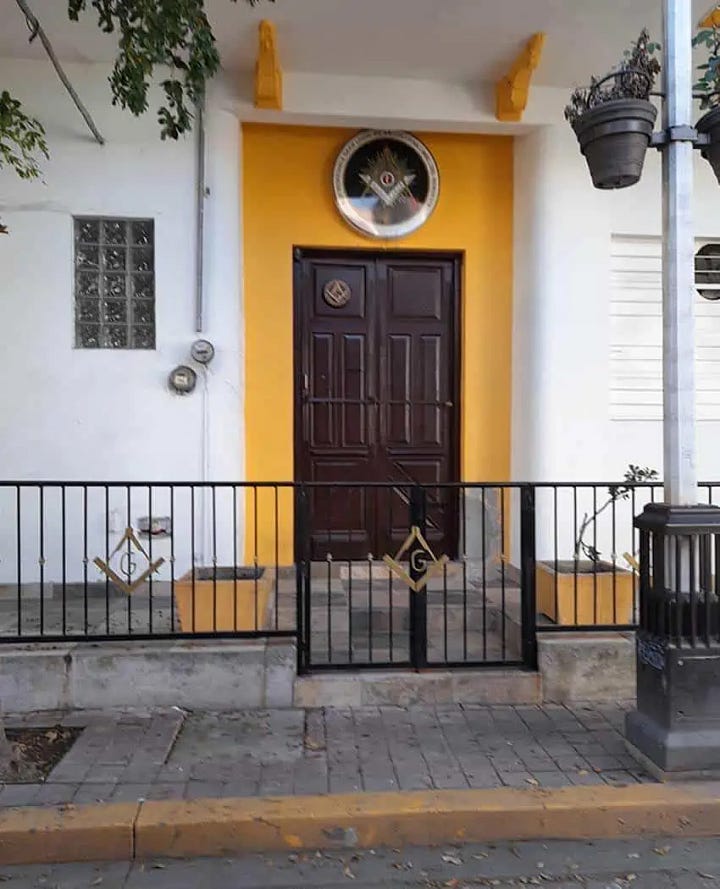
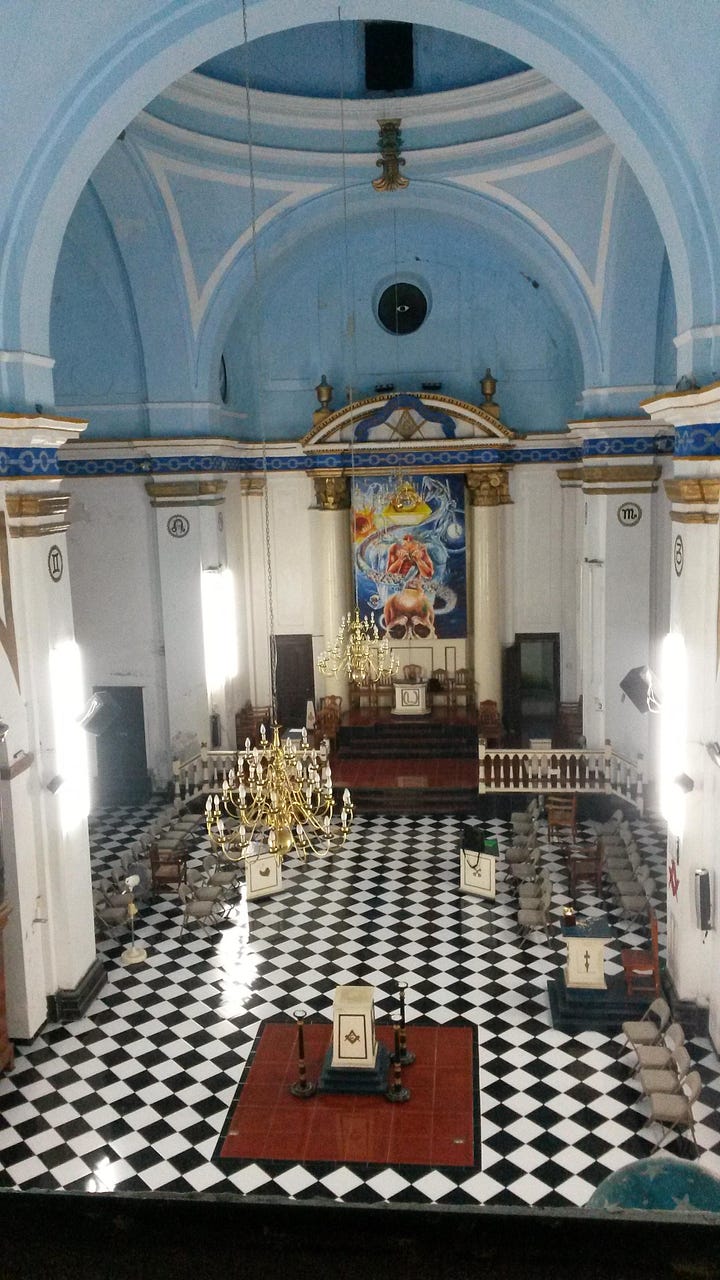
— Masonic lodges, Mexico.
The Mexican Revolution officially began in 1910, but its roots stretch back to the mid-19th century, when the liberal reforms of Benito Juárez (yet another figure deeply influenced by Masonic philosophy) — began the process of eroding the Catholic Church's influence in Mexico. Juárez's La Reforma stripped the Church of its property, secularized education, and banned religious orders. These reforms laid much of the legal and intellectual groundwork for the institutionalized anti-clericalism that would later explode during the Revolution. Certainly there were abuses to be corrected, but honest attempts at reform were quickly subsumed in the Masonic fervor to shed the State’s Christian heritage. The liberals and radicals who led the Revolution were determined to finish what Juárez had started, and they were willing to use any means necessary to achieve their goals.
In the years preceding the Revolution of 1910, the lodges of Latin America had outright declared war on Christianity (emphasis mine):
At the General Convention of Latin-American Lodges, held at Buenos Aires in 1906, it was resolved, amongst other things, that religious persecution should be begun and carried on zealously by every possible means. The following Articles, taken from the minutes of the Convention in question, embody the program of action:
‘Art. 5.— Latin-American Masonry shall oppose by every possible means clerical propaganda as well as the establishment and development of religious communities. It shall, in addition, do all in its power to get these communities banished from the different countries under its jurisdiction. Accordingly, Masons shall not send their children to be educated in Catholic educational establishments, and shall use their influence over their wives and children to keep them from going to confession;
Art. 6.— Masons shall try to stir up the zeal of the members of the different political parties for Masonic ideals: the separation of Church and state, the expulsion of religious communities, civil marriage and divorce, purely secular education, the exclusion of religious from hospitals, the suppression of military chaplains;
Art. 10.— Masonry shall strive to get the representative at the Vatican withdrawn, thus showing that the Papacy is no longer considered an international power.’
— Rev. Denis Fahey, Secret Societies and the Kingship of Christ (1928)
It is within this general milieu that the preceding revolutions must be viewed, as these actions were consistently driven by this so-called secular assault against the Catholic Church. This idea of course is somewhat of a misnomer, as the Masons were not trying to remove all religion from the public sphere: they were more than happy to enshrine their own.
One of the most important figures in the Revolution was Francisco I. Madero, one more pawn in this bloody affair. Madero's call for revolution in 1910 ignited the powder keg of Mexican discontent, but his vision was not one of liberty or justice: it was a vision of a secular state where the Church was relegated to the shadows. Madero's revolutionaries — many of whom were socialists, anarchists, and outright atheists — had no love for Christianity.
After Madero's assassination in 1913, the Revolution devolved into a chaotic struggle for power, with various political factions vying for control. It was during this period that the most radical elements of the Revolution came to the fore, led by men like Venustiano Carranza and Álvaro Obregón. Carranza, who would eventually become president, was a staunch Freemason. He saw the Church as a threat to the revolutionary order and took steps to curtail its influence, including the expropriation of Church property and the suppression of religious education.
These revolutionaries saw the Christian religion as an obstacle to their plans for a "modern" Mexico; one where the state, not Christ, reigned supreme.
“We must enter and take possession of the consciences of the children, of the consciences of the young, because they do belong, and should belong to the revolution.”
— President Plutarco Elías Calles, Freemason
It was the 1917 Constitution, drafted under Carranza's leadership, that truly marked the triumph of the Revolution's anti-Christ agenda.
The document formalized the separation of Church and state, severely restricted the Church's rights, and placed all religious institutions under strict state control. Article 3 mandated secular education, effectively banning religious instruction in schools. Article 5 outlawed religious orders, while Article 27 allowed the state to expropriate Church property. Article 130 stripped clergy of their civil rights, banning them from voting or holding public office, and even forbade them from criticizing the government. And that is before we even discuss the socialist economic policies that this constitution enshrined into law.
The 1917 Constitution was a direct assault on the Catholic Church, truly Christianity as a whole, and it is no surprise that it led to widespread unrest amongst Mexico's faithful. The Revolution had promised land reform and social justice, but what it delivered was tyranny and oppression — especially for followers of Christ. The state's aggressive secularism, coupled with the economic and banking turmoil brought on by the Revolution, created a powder keg that would soon explode into the Cristero War.
— President Plutarco Elías Calles (encircled) and brethren at a Masonic Lodge.
The Cristero War raged from 1926 to 1929, and it was the inevitable result of these policies. The war was sparked by the implementation of the Calles Law, named after President Plutarco Elías Calles, another Freemason and ardent anti-clericalist (emphasis mine):
…when [the Cristero War] began, the Supreme Grand Commander of the Scottish Rite, Luis Manuel Rojas, had bestowed on President Calles the Masonic Medal of Merit: ‘The Order over which I have the honour to preside has never before awarded this exalted honour; it has been decreed on account of the extraordinary merit which you have displayed as President of the Republic, solving so many problems in such a short space of time.’
Freemasonry and the Government were, in fact, closely linked, so closely that it was necessary to be a Mason to be appointed to any important post. Portes Gil was Grand Master in 1933-4, and General Cardenas was to establish the National Rite when he became President. And if the politician was, by the logic of the circumstances, a Freemason, the symbiosis between the state and the army led to officers being Freemasons: 'a large majority of the officers being members of the Masonic order [are] therefore resentful of the ban placed on that order by the Roman Church.' There might occasionally be emulation between civilians and military men: Governor Zuno propagated Freemasonry throughout the state of Jalisco, through municipal presidents and teachers, while the generals established a second network of military lodges. …
The Freemasons did not conceal their intention of destroying the evil power of Rome, and they organised a 'public demonstration in support of the policy of religious intolerance, and the members of the regular and irregular lodges of the capital marched with their respective banners'.
— Jean A. Meyer, The Cristero Rebellion: The Mexican People between Church and State 1926-1929
This law sought to enforce the anti-religious provisions of the 1917 Constitution, further restricting the rights of the Church and its clergy. Under the Calles Law, priests were required to register with the government, religious ceremonies were all but banned, and the Church's ability to own property was further curtailed.
It was the final straw for many Mexican Catholics who saw it as the direct attack on their faith that it was.
“A time to love, and a time to hate; a time of war, and a time of peace.”
— Ecclesiastes 3:8 KJV
The Cristero War was not a conventional war: it was a guerrilla struggle, fought by ordinary men and women who took up arms to defend their right to worship the Risen King.
In the wake of the Calle Laws, churches were shuttered, priests were hunted, and the faithful were left with a stark choice: renounce their God, or face the wrath of a government that had sold its soul to the devil himself. The Cristeros, which roughly translates to “Christ-like,” were driven by a deep and abiding faith, a faith that they believed was worth dying for. They fought not just against the Mexican government, but against the very forces of secularism and modernity that sought to destroy the Church. Their rallying cry, ¡Viva Cristo Rey! (Long live Christ the King!), echoed across the battlefields of Mexico.
This struggle was a battle of bullets as much as it was a cauldron where the faith of the Mexican people was tested in the fires of persecution. At the heart of this war was the enduring martial Christian spirit, embodied by the countless martyrs who chose death before apostasy. The Cristeros were led by a diverse group of commanders; from the fiery Anacleto González Flores, a lay Catholic who became a leader and martyr; to the indomitable Father José Reyes Vega. Father Vega led his flock with a Bible in one hand and a rifle in the other — a symbol of the desperation and resolve of a people pushed to the brink.
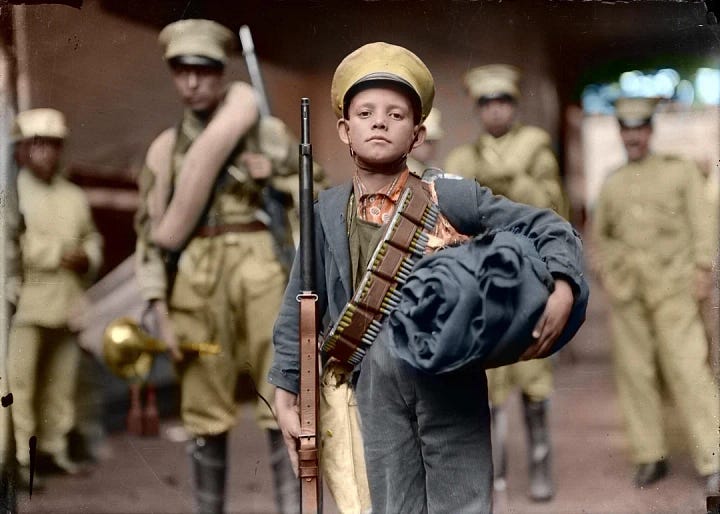
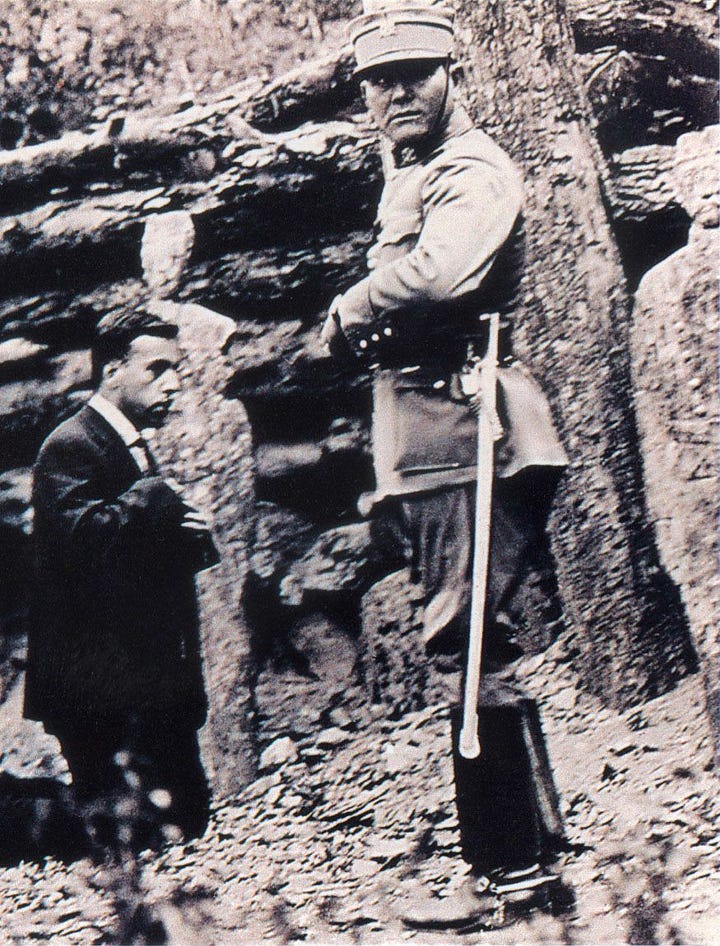
— The Martyrs of the Cristero War. (L) José Luis Sánchez del Río. (R) Miguel Pro shortly before his execution.
The Cristero War was truly a crucible of martyrdom, one where the blood of the faithful liberally watered the tree of liberty. Priests bore a significant brunt of these horrors. Father Miguel Pro, a Jesuit priest, was falsely accused of an assassination attempt and executed by firing squad — without trial. Photos of Father Pro’s execution were intended to serve as a warning to others, but instead, they immortalized his bravery and the righteousness of the Cristero cause.
One of the most harrowing stories of this nature is that of José Sánchez del Río, a 14-year-old boy who joined the Cristero cause and paid the ultimate price for his faith. Captured by government forces, José was tortured mercilessly; his captors skinned the soles of his feet and forced him to walk to his place of execution. His executioners said his life would be spared if he renounced his faith, but the boy defiantly cried out, “¡Viva Cristo Rey!” — a declaration of faith that rings louder than the bullets that finally silenced him.
As the war dragged on, the Cristeros fought with a ferocity born of desperation, but their greatest betrayal came not from the Mexican government, but from within the Catholic Church itself. In 1929, under pressure from the United States and fearing a wider conflict, Pope Pius XI intervened and brokered a peace agreement with the Mexican government. This so-called "peace" was a Judas kiss, a betrayal of the Cristero fighters who had laid down their lives for the faith.
The agreement which promised religious freedom and the cessation of hostilities was a farce. The Mexican government, true to its Masonic roots, reneged on its promises almost immediately. Thousands of Cristeros who had laid down their arms in good faith were hunted down and executed. Churches remained closed, and the persecution of the faithful continued unabated for years to come.
The Cristeros may have lost the war, but they did not lose their faith.
“One does not establish a dictatorship in order to safeguard a revolution; one makes a revolution in order to establish a dictatorship.”
— George Orwell, 1984
The legacy of the Cristero War and its martyrs is inexorably tied to the political machinery that rose from the ashes of that bloody conflict — the Institutional Revolutionary Party (PRI). Founded by General Plutarco Elias Calles in 1929, the PRI cemented its grip on Mexico in a way that mirrored the totalitarian regimes of the Soviet Union and fascist Italy (emphasis mine):
The Institutional Revolutionary Party, or PRI, has been compared to the Soviet Communist Party for its grip on power, ruling Mexico almost as long the Bolsheviks ran Russia. It is also credited with giving Mexico the longest period of peace in its history and shielding it from the turbulent conflicts that wracked South America throughout the twentieth century.
PRI founding father General Plutarco Elias Calles created the party in 1929 after serving a term as president. … Influenced by totalitarian Soviet communists and Italian fascists, Calles traveled to Europe to scrutinize politics. …
Some American journalists call the PRI a leftist party. They are way off the mark. While the PRI would produce some leftist presidents, such as Lázaro Cárdenas, it would also throw up some raving capitalists such as Carlos Salinas. Essentially the party was not about ideology but about power. Much of its system of control was taken straight from the playbook of Don Porfirio Díaz. … The genius of this setup led to Nobel Prize–winning writer Mario Vargas Llosa calling it the “perfect dictatorship.”
— Ioan Grillo, El Narco: Inside Mexico’s Criminal Insurgency
While some may credit the PRI with giving Mexico a prolonged period of peace, this so-called "peace" was bought at the cost of religious freedom and the suppression of any challenge to the state's authority. The party's stranglehold on power, much like Soviet rule over Russia, was maintained through a combination of coercion, manipulation, and, when necessary, outright violence.
In the end, the Mexican Revolution was not a victory for the people; it was yet another victory for the Lodges and socialists who sought to reshape Mexico according to their Christ-less vision. The 1917 Constitution, with its explicitly anti-Christian provisions, was the culmination of this long agenda in Mexico: the Cristero War was the inevitable backlash. The Cristero War may have ended in betrayal, but the faith of the Cristeros lives on; a shining beacon in a world darkened by rising tyranny and unbelief.
The blood of the Cristero martyrs, spilled in defense of their faith, is a stark reminder that the so-called peace under the PRI was anything but just: the true cost of this "perfect dictatorship" was borne by those who dared to resist its godless rule.
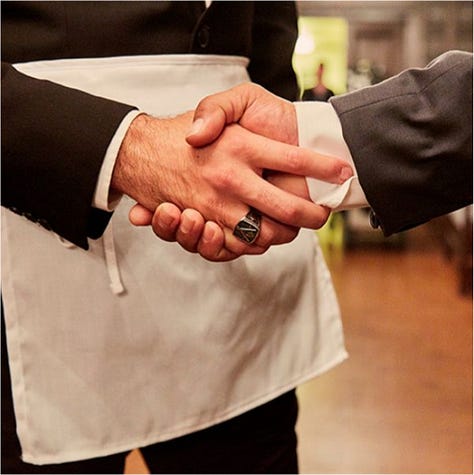


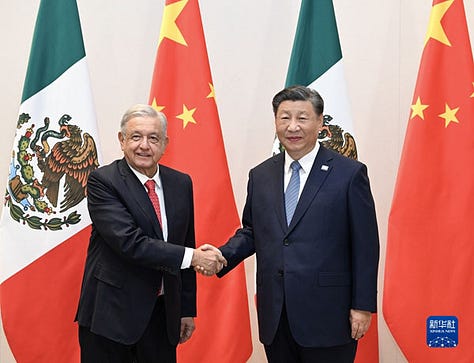
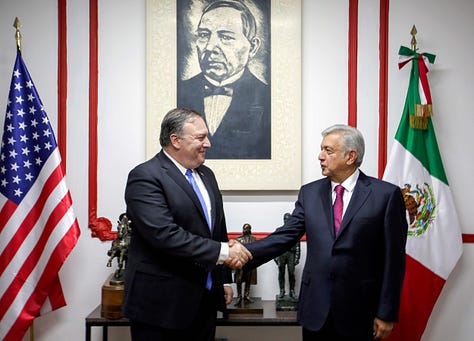
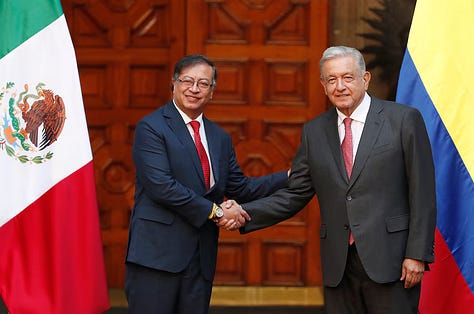
— (Top L) The Lion’s Paw Grip, a Masonic pass grip. Pictured are former Mexican presidents Enrique Peña Nieto (Top Row) & Andrés Manuel López Obrador (Bottom Row) exchanging this grip with various world leaders, from Barack Obama, to Mike Pence, to Xi Jinping.
It is difficult to quantify how profoundly long lasting and impactful the consequences of the Cristero War have been.
Mexico, already reeling from the chaos of the Revolution, was plunged into further turmoil as the Cristero War unleashed a flood of refugees and immigrants seeking asylum across the border in the United States. The influx of these displaced souls would forever alter the demographic and cultural landscape of the Southwest, and the roots of our current immigration crisis were first sown in this bloody soil. The transformation of Mexico extends beyond the material realm and into the spiritual as well. The forced secularization of Mexican society during and after the Cristero War created a spiritual vacuum that was quickly filled by syncretic cults and esoteric movements — many of which drew from indigenous and Masonic philosophical traditions.
The Cristero War is but one chapter in the millennia long war against the Kingdom of God. In reflecting on the Mexican revolutions of the last two centuries, we are reminded that the struggle against the forces of Masonry is not confined to any single nation or era.
It is a thread that weaves through the bloody tapestry of world revolutions — a crimson chain from the guillotines of the French Revolution to the barricades of Mexico, and beyond.
— Crimson Chain II, digital art, 2024.
“In Mexico the State and Freemasonry have been one and the same in recent years.”
— President Portes Gil (1928-1930), Grand Master of the Scottish Rite Lodges (1933-34)
Dispatches from Reality is a reader-supported publication. To receive new posts and support my work, consider becoming a free or paid subscriber.
This post contains affiliate links, which means I may receive a commission or affiliate fee for purchases made through these links.
Unlock the mysteries of Biblical cosmology and enrich your faith with some of the top rated Christian reads at BooksOnline.club.
Use promo code SCIPIO for 10% off your order at HeavensHarvest.com: your one stop shop for emergency food, heirloom seeds and survival supplies.



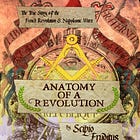


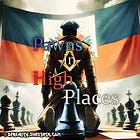
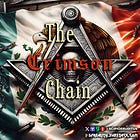
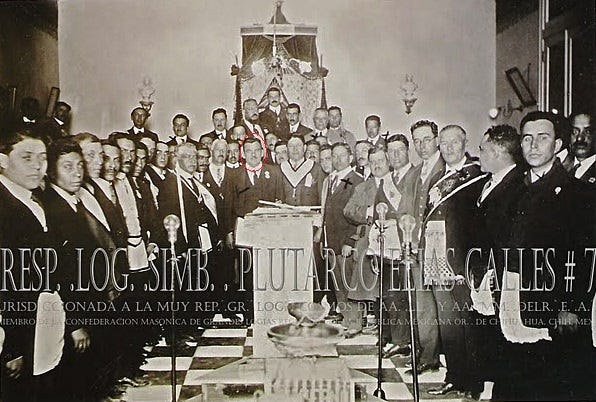
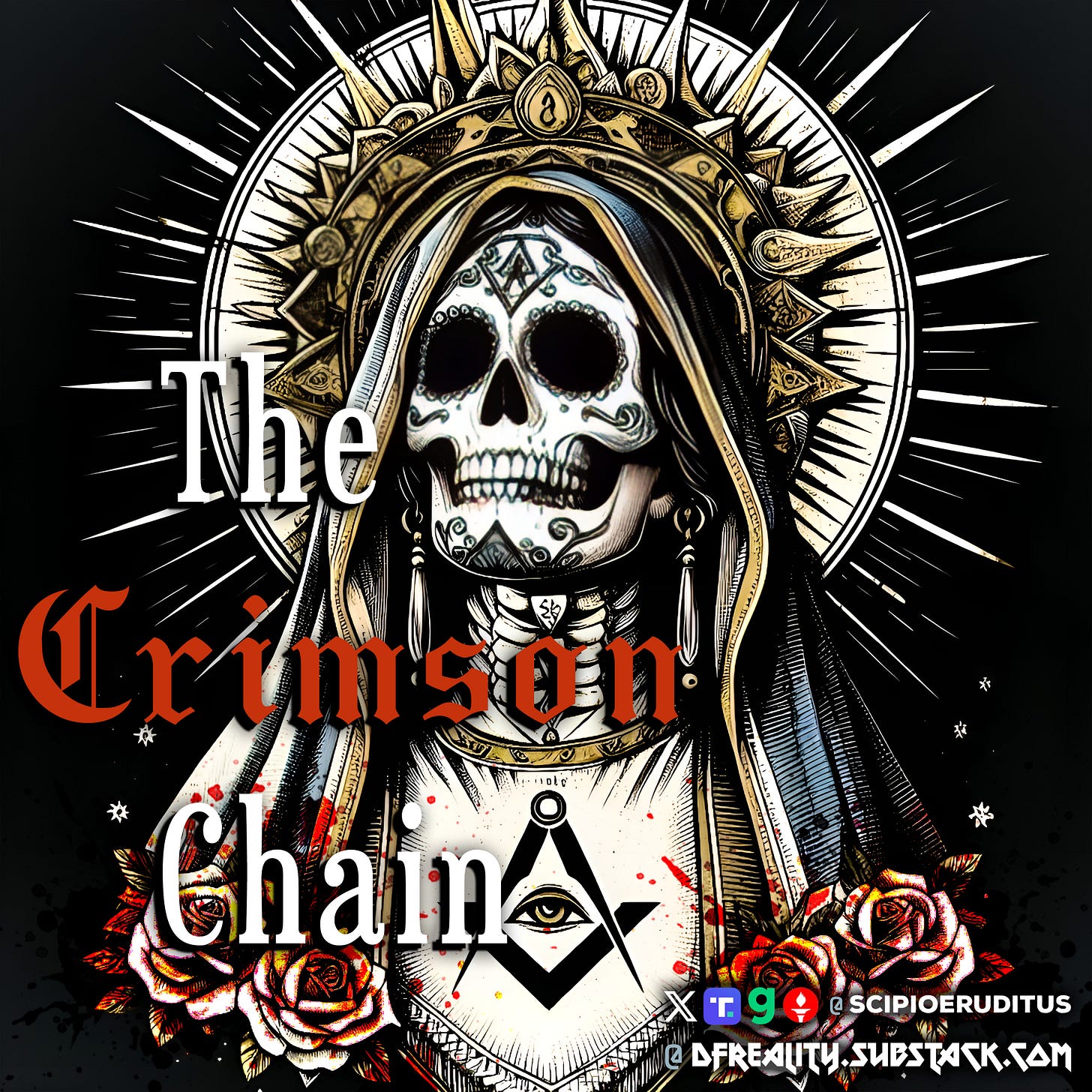


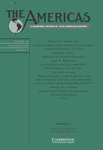
Just to add my perspective on Freemason attacks on the Church, I hope you will not mind Scipio.
I think they are just for the show. To make people think that the Catholic Church is the greatest opposition to Freemasons.
Freemasonry is designed for the secular world. But it would have the same target as the synagogue of satan. The faithful who are born again in Christ.
Namely the future generations, since it is nearly impossible to get at those who are born again.
So in fact, Freemason did not target the Church. The subversive forces did it slowly/subtly, over centuries, through cryptos and subversion of early Christian theology and creating more erred theology. So the Catholic Church is an entity that acts like it honors Christ but in reality it is working for Satan.
One clue is its nature, exemplified in the Vatican and the Pope. The Church wants to rule the world and be rich! Yet all it should want to do is to heal and do exorcism and to teach the proper faith in Christ.
To my mind, ALL of this has to do with the fight against the salvation through Jesus Christ - but the stuff that he set in motion is immortal and indestructible - and they cant comprehend it while they refuse to be born again.
And Christ ain't going nowhere, in fact, he sacrificed himself for all of humanity.
But it is up to us humans to take him on. Or go with demons...
So that would mean that, for now, we are stuck in this damn situation! And its a dangerous moment in time, ALL the crazy bastards that the talmudic abomination is controlling now have so much physical power at hand that they could actually steer the entire human evolution on a Satanic path, maybe even take us on a path of total annihilation. I pray that we will have the needed strength to be able to somehow avoid these scenarios!
There is some skepticism about Fr. Miguel Pro, and more so his alleged execution. Please take a look at the photo of him and enlarge it; what do you see?
An obvious fake: as with nearly all these paste-ups, you might notice foremost that nobody is casting any shadows. Where are they in this world that this anomaly occurs? Even if the Sun is directly overhead, shadows are beneath us; but they are there. But not here.
Also, Fr. Pro was a Jesuit, the Order of which has already been revealed, by Scipio and others, to be another anti-Christian one, so his martyrdom ought to be at best questionable. They were executing many priests at the time; what made Pro so special as to have a camera crew available (at a time when one had to stand still while being photographed)?
Finally, even with Pro being somewhat obscured in the background you can see the man had quite a proboscis. He looks like Toucan Sam, and this is from several feet away. This is not normal Mexican physiognomy, I would submit.
Who would do such a thing as impersonate a so-called Christian, stage an event (which is conveniently filmed), just to galvanize true Christians to fight to the death while they spread their evil? Anybody have any ideas?